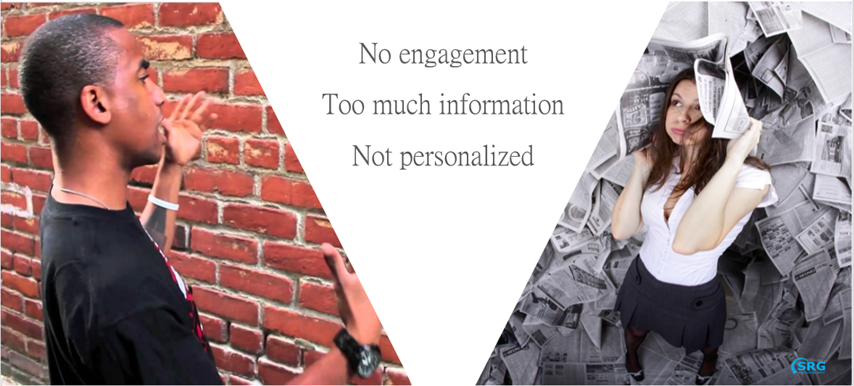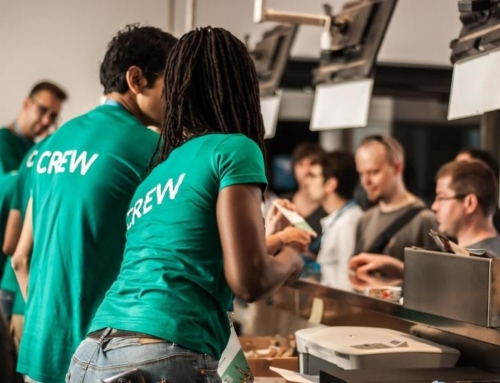Aren’t the reactions to Covid-19 fascinating? It’s a global pandemic; it’s unlike anything we have experienced in over 100 years; wear masks; don’t wear masks; it is lethal; it isn’t any worse than the flu. One thing we can all agree on is that it has significantly impacted our businesses, our economy, and our lives.
But what is really going on here? Why is there so much confusion and near paralysis in the face of Covid-19. Why aren’t we better prepared to manage disruptions when they occur? Why haven’t we developed processes to successfully respond to and manage disruptive events? Disruptions and disruptive events occur all the time, so why do we continue to be shocked and not know what to do when they occur?
Covid-19 is a global disruption. It is definitely bigger than a weather disruption like a hurricane, or a geological disruption like an earthquake, but is it really any different than these disruptions?
Let us take a closer look at disruptions and our response to them.
The classic definition of disruption is a “disturbance or problem which interrupts an event, activity, or process”. With any disruption one of the first things that happens is a loss of balance and sense of control followed by concern and confusion that is compounded by a lot of wrong and often inaccurate information. It is this lack of accurate and reliable information that feeds the flames of a disruption causing things to get or seem worse, making it harder to bring things back into balance.
So why is the management, control, and dissemination of information so hard for businesses and governments in the face of a disruptive event?
I believe the problem can be found in how businesses and governments communicate with their audiences. The fact is, businesses and governments do not communicate with their audiences, they broadcast messages to them; and broadcasting is not real communication.
Real communication is a two-way conversation built around engagement, and it is personal because it is targeted to the individual. Broadcasting is not engagement and it is definitely not personal because it is not targeted to the individual but to an audience or audience segments.
Businesses and governments need to recognize that audiences are made up of individuals that want and expect to be engaged at a personal level. They want and expect communications to be targeted to them as individuals and to their specific needs, interests, and preferences. They do not want to be seen as a mass audience or market segment – they want to be seen for what and who they are – individuals.
As businesses and governments react and respond to Covid-19 they need to be thinking of Covid-19 not as an event, but as a continuation of their business and their relationship with their audiences. They need to look for and implement solutions that can not only help them with the current Covid-19 disruption, but also how the solutions will work for and benefit their business after Covid-19 and for the disruptions to come. It is not a Covid-19 problem to be solved, but a business communication, engagement and personalization process problem that needs to be fixed.
If you are interested in learning how you can fix your business process for Covid-19 and beyond, please contact us about the work we have been doing in education and the new work we are doing in partnership IBM to reimagine and deliver true customer communication, engagement and personalization. Work that is disrupting the broadcast communications model by giving customers tools that deliver information to them based on their current needs, interests, and preferences.
Michael F Stone – VP, New Markets and Strategic Partnerships / SRG Technology / mstone@srgtech.com





